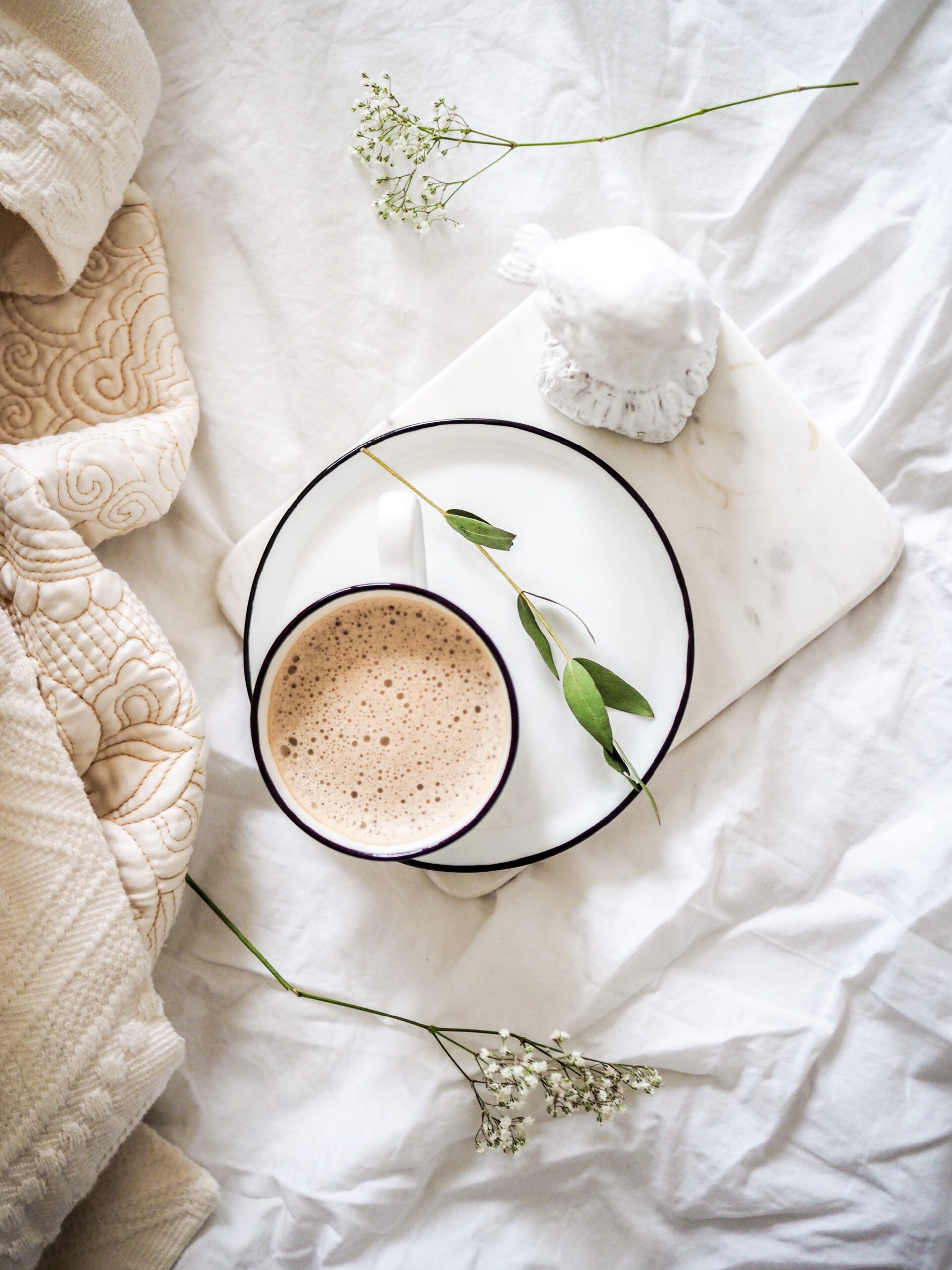When I was young, there was no internet, online shopping, tablets, or endless electronics. We had to put effort into being a consumer. Going shopping was often a whole-day event or at the very least, an experience. However, now it couldn’t be any more different.
It’s strange to watch my son grow up in a world so far from the childhood I remember. With the world at our fingertips and accessibility to consuming as we’ve never had, it’s hard not to fall into the trap of endless consuming and wanting. No ads or toy commercials were popping up in the middle of my bike riding or Barbie playing. Now, there are advertisements on every kid gadget and tablet out there. They’re marketing to children of all ages and socioeconomic demographics.
After becoming a mother, my perspective on life became extremely different. I started exploring new subjects, information, and ways of life. Minimalism is one of the few lifestyles that has stuck with me over the years. It’s not only a lifestyle that has greatly helped me in being a mom but helped my financials too! Although different from what I was used to, adapting minimalism as a lifestyle has completely changed my life.



conscious consumer
Advertising and marketing are a world of illusions. It’s their job to make you think you need whatever they are selling. Then, you add in TV, the Internet, cell phones, and, worst of all, social media. With this combination, we’ve given them open and endless access to persuading our minds constantly. If we’re not comparing on social media, then we’re being persuaded by endless mediums. Minimalism breaks this cycle.
Growing up I remember going Christmas shopping or school clothes shopping. As I hit pre-teen age, social media started becoming a ‘thing,‘ adding fuel to the fire. By the time I was in high school and early college, shopping was a normal thing. I didn’t do any research on the purchases I was making, whether big or small. It was just part of life, part of what you do.
Someone’s birthday? Shop! School starting? Shop! Project? Shop! Something broke? Shop! Someone sad? Shop! It was second nature and an answer to almost every situation.
After getting pregnant and having my son, there was an instant mind shift. My priorities and necessities shifted which caused me to question the way I was living and spending. This is where minimalism comes into play. One of the first things I picked up from this lifestyle was being a conscious consumer. This doesn’t mean you don’t shop. It means you buy 1 instead of 3, it means you reevaluate if you need/want it or if it’s just convenient. It changes your thought process on purchasing.
Trying to be a conscious consumer also meant I didn’t allow advertisements to persuade me. Whether it was a promotional email, a commercial, or a sale, I was more conscious of what I was reading and believing. I also started looking at customer reviews to get a better idea of what I was buying. Marketing, in my mind, went from information to illusion.
Being conscious of what you’re purchasing and more importantly, why you’re purchasing it, will change a lot when it comes to your consumer behavior. It sounds simple but it can be a huge shift if you give it a shot.



try instead
If it’s someone’s birthday, try going to do something with them instead of a gift. Whether a dinner, movie, bowling or even baking them a cake. For school, it’s an evaluation of what’s necessary. You may not need an 18-pack of pencils and 25 pens nor the endless organizers and ‘school bags.’ Being minimalist rather than materialistic focuses on using and purchasing only what’s necessary or what you love, not about having excess or bulk products ‘just in case’ or ‘just because you can.’
An important concept I’ve learned is if it’s broken, fix it. It’s easy to find the information needed to fix most of what can break since we’ve gained access to the internet and more. However, we’ve fallen into the habit of ‘if it’s broken, buy a new one.’ At first, when I started trying to fix things instead of tossing and re-purchasing, it took a lot to follow through. With patience and consistency, it’s empowering to learn to fix things for myself and learn new skills.
These changes seemed simple or even silly, but they gave me results I was so happy with. I was more present and thoughtful for birthdays and holidays. I’ve even learned so many random tips on fixing household stuff that’s saved me a lot of money. And, while we’re mentioning money, not buying in excess for ‘what if’ or ‘just in case situations has also saved me money. We started being more conscious of what we were using which resulted in not having to buy as many of these items.



to summarize this post
Becoming a minimalist in a materialistic world happened when I became a conscious consumer. Once I realized what I was seeing wasn’t about honest convenience but about their personal gain and profit, my mind along with my purchases shifted. Comparison often leads to wanting more or preparing for just-in-case situations. Whereas learning to be grateful and happy with what you already have sets you apart from societal norms and ways of thinking.
Once you shift your mindset to that of a conscious consumer and/or a minimalist, you start to enjoy being against the grain of the consumer world. It’s a refreshing shift that doesn’t require more than a change of mind.










Join the conversation!